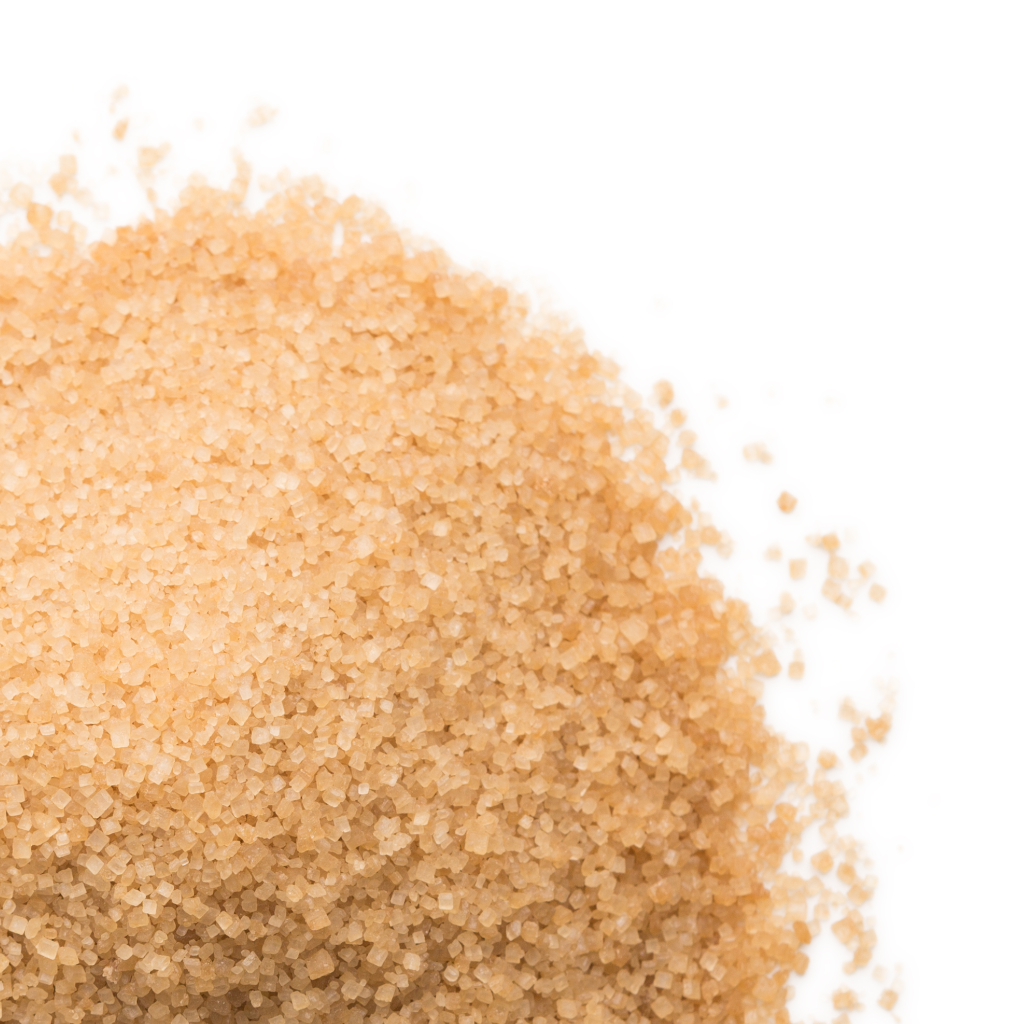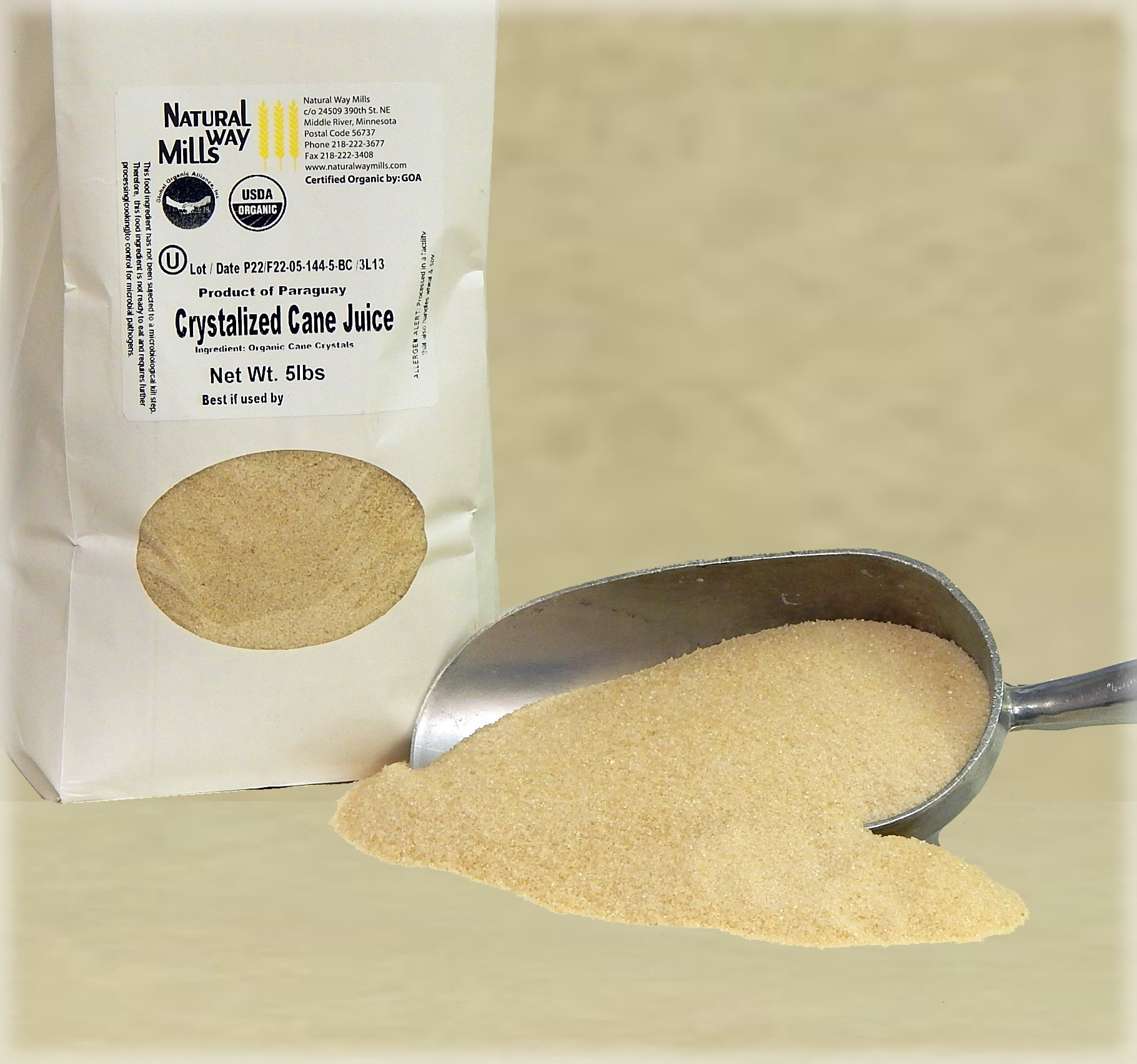A Deep Study Sugar Cane: Insights on Production, Supplies, and Item Advancement
Sugar cane plays a critical function in farming, underpinning economic situations in tropical regions. Its cultivation includes complex procedures influenced by numerous environmental elements. Growers deal with considerable obstacles, consisting of environment modification and market changes. Developments in item advancement are arising in feedback to developing consumer demands. Understanding these dynamics is vital for understanding the future of this vital plant and its effect on international markets. What exists in advance for sugar cane and its myriad applications?
The Significance of Sugar Cane in Global Agriculture
Sugar cane acts as an important crop in international farming, underpinning economic situations and food systems in several exotic regions. This versatile plant is mainly grown for its high sucrose content, which is refined right into sugar, a staple active ingredient in numerous food. Past sweetening, sugar cane is also vital for creating biofuels, particularly ethanol, adding to power sustainability.The financial significance of sugar cane prolongs to work, supplying livelihoods for numerous farmers and workers in processing centers. In several countries, sugar cane cultivation and handling stand for considerable portions of farming GDP, influencing profession equilibriums and regional development.Additionally, sugar cane's versatility to various environments boosts its importance as a plant, ensuring regular supply in global markets. Its by-products, consisting of molasses and bagasse, even more expand its utility, making it a vital part in food, energy, and market. In general, sugar cane stays a keystone of farming productivity worldwide.
Cultivation Procedures: From Growing to Harvest
Cultivating sugar cane entails a collection of well-defined processes that assure suitable growth and return. The cultivation starts with land preparation, where the dirt is tilled to safeguard optimum oygenation and drain. Following this, seed cane, which contains fully grown stalks, is picked and reduced right into segments (sugar cane products). These sectors are after that grown in furrows, guaranteeing appropriate spacing to enable sunshine and nutrient access.Once grown, watering systems are utilized to preserve adequate moisture degrees, as sugar cane grows in moist conditions. Weeding and insect monitoring are necessary during the growing duration to reduce competitors for sources. Nutrient application, consisting of fertilizers, sustains robust growth. As the plants grow, checking for conditions and bugs continues.Harvesting usually occurs 10 to 24 months post-planting, depending upon the variety. The canes are reduced close to the ground, making certain minimal waste, and are swiftly moved for refining to maintain sugar quality
Geographic Circulation of Sugar Cane Production
The geographical circulation of sugar cane production is mainly formed by certain climate and soil demands. Major producing countries, such as Brazil, India, and China, advantage from tropical and subtropical environments that support the plant's growth. Understanding these elements offers understanding right into the global landscape of sugar cane cultivation.
Significant Producing Countries
Sugar cane is expanded in different areas worldwide, particular countries dominate production due to beneficial climates and farming practices - sugar cane products. Brazil leads the international market, making up approximately one-third of complete production, thanks to its considerable ranches and progressed farming strategies. India adheres to as a considerable producer, benefiting from both beneficial weather and a large residential market. China and Thailand likewise rank among the top producers, with well-established infrastructures supporting their sugar markets. Other remarkable factors consist of the United States, Mexico, and Australia, each leveraging their distinct agricultural systems to improve outcome. These nations play an essential duty in the sugar cane supply chain, influencing global rates and accessibility
Environment and Soil Demands
Suitable climate and soil problems are critical for successful sugar cane production. Sugar cane grows in tropical and subtropical regions, calling for warm temperature levels between 20 ° C and 30 ° C (68 ° F to 86 ° F) These plants require bountiful sunlight and rainfall, preferably between 1,500 to 2,500 millimeters annually, to assure peak growth. The soil ought to be well-drained, fertile, and rich in raw material, with a pH level preferably in between 5.5 and 8.5. Sandy loam or clay loam soils are especially for sugar cane growing, supplying necessary nutrients and drain. Geographical circulation is mostly influenced by these elements, with major production areas situated in Brazil, India, and China, where ecological conditions line up with the plant's requirements for development and return.

Challenges Faced by Sugar Cane Growers
Sugar cane growers run into significant obstacles that affect their source of incomes. Environment modification introduces unpredictable climate patterns, affecting crop yield and top quality. Additionally, market cost volatility creates financial uncertainty, making complex long-term planning for these agricultural manufacturers.
Climate Modification Impacts

Just how do climate adjustment influences influence the practicality of sugar cane cultivation? Rising temperatures and unpredictable climate patterns notably test sugar cane cultivators. Boosted warmth can lead to reduced yields, as the plants struggle to grow in severe problems. In addition, modified rains patterns cause either dry spells or excessive flooding, both detrimental to plant health and wellness. Parasites and conditions are likely to multiply in warmer environments, further threatening production. Furthermore, soil destruction and salinization because of increasing sea degrees can decrease cultivatable land. These climatic adjustments urge growers to adapt their methods, frequently requiring investment in new innovations and resistant plant ranges. Ultimately, the sustainability of sugar cane cultivation depends upon dealing with these environment tests properly.

Market Value Volatility
Market rate volatility presents considerable difficulties for sugar cane growers, affecting their monetary stability and preparation. Fluctuations in market rates, driven by elements such as international supply and demand, climate problems, and government policies, produce unpredictability for producers. This unpredictability makes it difficult for growers to anticipate incomes and manage overhead efficiently. In addition, when prices go down suddenly, numerous farmers may struggle to cover production costs, resulting in potential monetary distress. To mitigate these dangers, some growers transform to contracts or hedging strategies, yet these solutions might not be obtainable to all. Market price volatility continues to be a relentless concern, affecting the general sustainability and profitability of sugar cane farming.
Comprehending the Sugar Cane Supply Chain

Market Patterns Affecting Sugar Cane Rates
The characteristics of sugar cane costs are influenced check my source by a range of market trends that reflect broader financial problems and customer habits. International demand for sugar and sugar-related items plays a crucial duty, with raising interest in natural and sustainably sourced items driving prices higher. Additionally, variations in oil prices affect the expense of production important site and transportation, further affecting market prices. Weather condition patterns are an additional considerable aspect; adverse problems can lead to reduced returns and boosted costs. Trade plans, tolls, and international agreements also shape the marketplace landscape, impacting supply chains and availability. Currency exchange rates can complicate international profession, impacting costs for both merchants and importers. Changes in customer choices towards much healthier alternatives might change need patterns, producing a ripple impact on sugar cane rates. sugar cane products. Consequently, understanding these interconnected fads is essential for stakeholders in the sugar market
Advancements in Sugar Cane Item Advancement
Numerous technologies in sugar cane product advancement are improving the market and increasing its applications. Scientists are exploring alternate usages past typical sugar, consisting of biofuels, eco-friendly plastics, and health supplements. Breakthroughs in chemical handling strategies have boosted the removal of useful compounds such as antioxidants and vitamins from sugar cane, promoting its usage in practical foods.Additionally, the growth of genetically modified sugar cane ranges intends to improve yield and resistance to parasites, while likewise boosting find out this here the nutritional account of the crop. Advancements in fermentation procedures have actually brought about the production of top notch alcoholic beverages originated from sugar cane, interesting an expanding market for craft spirits.Moreover, lasting techniques in farming and processing are getting traction, with an emphasis on lowering environmental effects. These improvements not just create brand-new market opportunities yet additionally foster a more sustainable approach to sugar cane production, lining up with global trends in the direction of environment-friendly products.
Regularly Asked Inquiries
What Are the Environmental Effects of Sugar Cane Farming?
The ecological impacts of sugar cane farming include deforestation, loss of biodiversity, water contamination from fertilizers and chemicals, dirt deterioration, and greenhouse gas discharges, all of which substantially add to environmental discrepancies and climate adjustment.
Exactly How Does Sugar Cane Farming Affect Resident Economies?
Sugar cane cultivation significantly affects regional economic climates by creating tasks, promoting farming markets, and generating earnings for farmers. However, it can likewise cause financial reliance and variations based on market needs and ecological conditions.
What Are the Main Pests and Diseases Affecting Sugar Cane?
The major bugs impacting sugar cane consist of the sugarcane borer and aphids. Conditions such as red rot and smut considerably effect return. Farmers should implement incorporated insect administration techniques to mitigate these dangers efficiently.
Just How Is Sugar Cane Processed Into Different Products?
Sugar cane processing involves crushing the stalks to draw out juice, followed by explanation, dissipation, and condensation. This procedure returns raw sugar, molasses, and ethanol, each serving distinct objectives in numerous sectors, from food to energy.
What Are the Nutritional Aspects of Sugar Cane?
The nutritional facets of sugar cane consist of necessary minerals and vitamins, particularly B vitamins, calcium, and iron. It additionally consists of fiber, though mainly made up of sucrose, which offers energy yet lacks considerable nutrients.